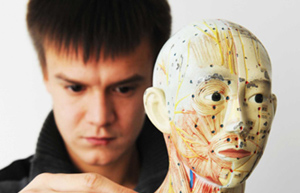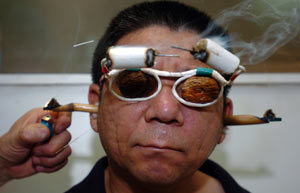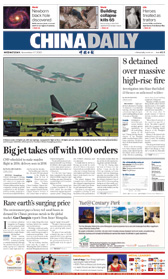China's Geely on track to meet 2010 target
Updated: 2010-11-12 16:15
(Agencies)
China's Geely Automobile Holdings Ltd should reach its 2010 sales target, but expects growth in the broader market to moderate next year, its executive director said.
Steered by Chairman Li Shufu, dubbed the Henry Ford of China, Geely previously said it aimed to sell 400,000 units in 2010, and Executive Director Lawrence Ang said the company was on track to reach that goal.
Ang told Reuters that Geely would launch three new models this year to be delivered next year. With a total capacity to produce up to 680,000 cars a year, the company was well prepared for growth, he said.
| |||||||
He forecast auto sales growth in China, the world's largest market, to slow to 15 percent next year after strong growth of about 30 percent this year and 40 percent in 2009.
The homegrown car maker recently set up a committee to facilitate communications with Volvo Car Corp, a premier brand that Geely's parent, Zhejiang Geely Holding Group, bought in August from Ford Motor Co.
"The committee will meet at least twice a year and I would like to see the two companies join forces to make something new, to create synergy," Ang added.
Paper's Digest

China bags Asiad team tennis title after 24 yrs
Wimbledon semifinalist Li Na led host China to capture the team tennis title on Tuesday at the Asian Games, accomplishing her Asiad tour with three consecutive victories.
China rate rises no panacea to curb inflation: PBOC adviser
Specials

Russian possessed with TCM
Born into a family of doctors, Maxime became interested in Traditional Chinese Medicine (TCM) at the age of 12, after hearing about TCM theories such as health preservation and recuperation.

Acupuncture takes stab at UNESCO list
Acupuncture and Peking Opera have been selected as candidates for UNESCO intangible cultural heritage status.

The wedding coach comes back to life
A groom carries his bride from a wedding coach in Xuchang, Henan province, Nov 11, 2010. Produced a local factory, various original hand-made wedding carriages were displayed on the streets, attracting young people chasing fashion and an environment-friendly lifestyle.



